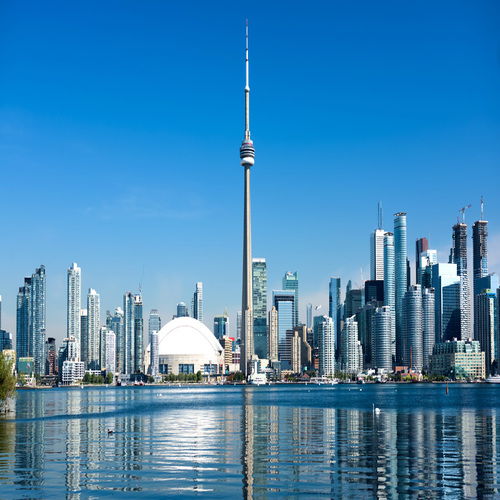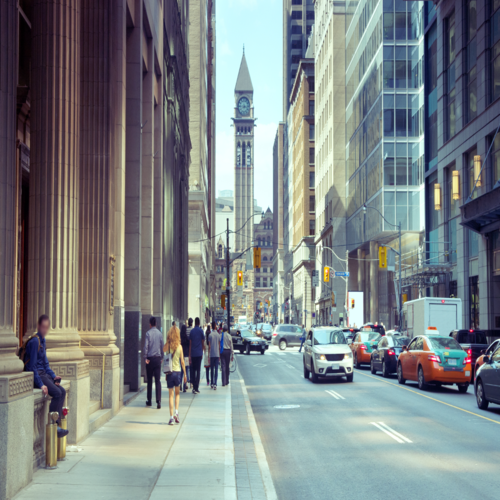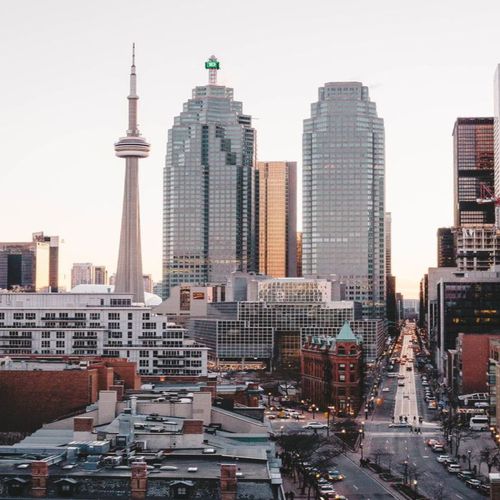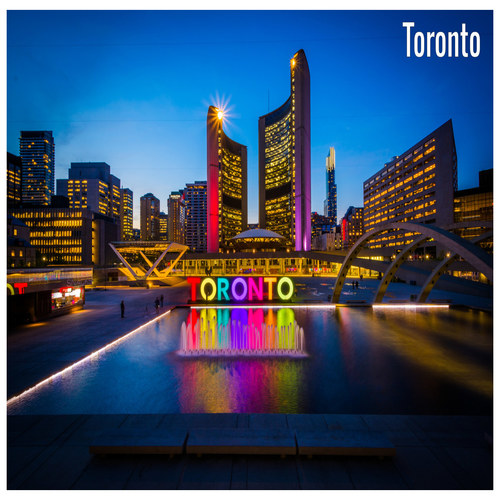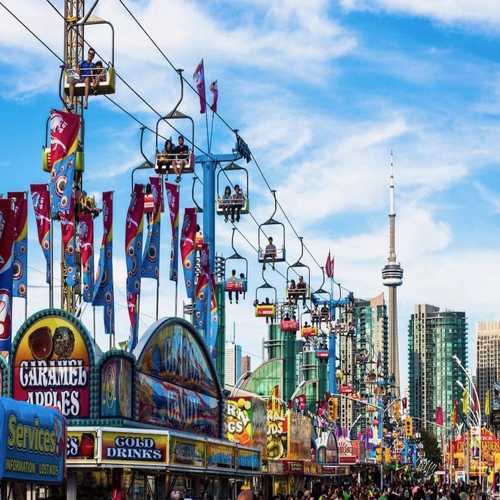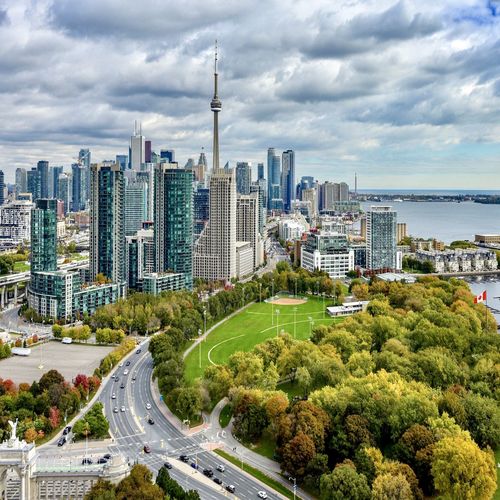Toronto, the capital of the province of Ontario, is a major Canadian city along Lake Ontario’s northwestern shore. It's a dynamic metropolis with a core of soaring skyscrapers, all dwarfed by the iconic, free-standing CN Tower. Toronto also has many green spaces, from the orderly oval of Queen’s Park to 400-acre High Park and its trails, sports facilities and zoo.
Toronto is Canada’s largest city and a world leader in such areas as business, finance, technology, entertainment and culture. Its large population of immigrants from all over the globe has also made Toronto one of the most multicultural cities in the world.
- Toronto at a Glance features key statistics plus economic and social indicators.
- The Toronto Progress Portal tracks the city’s performance using a user-friendly dashboard.
- World Rankings for Toronto compares the city’s performance with other global cities.
Directions
The Toronto Transit Commission, or TTC, is the largest transit system in Ontario and the third largest in North America. It operates subway, streetcar, bus and light-rail transit lines. The city’s public transit system is chronically over-crowded and under-funded, making it a focal point in municipal political debates. While a network of bike lanes exists throughout the city as an alternative to public transit, Toronto cycling infrastructure does not adequately serve the city’s population when compared with other Canadian cities.
In terms of car traffic, Toronto is serviced by several major highways and expressways, including the 400, 401 and 407, as well as the Queen Elizabeth Way, the Gardiner Expressway and the Don Valley Parkway. Toronto is among the top-10 most-congested cities in North America, and the second most congested in Canada, following Vancouver.
Water traffic still brings bulk goods by lake and direct overseas shipments. Railways both supply the city and distribute its products through both Canadian National and Canadian Pacific Railways, while VIA Rail provides passenger service to destinations outside the city.
Toronto's Lester B. Pearson International Airport is Canada's busiest, and offers national and worldwide travel, while the smaller Billy Bishop Toronto City Airport mainly offers short haul flights to locations in eastern Canada and the United States.


